
Earlier than Tesla: how Ukrainian companies got ahead of Elon Musk
In July, at the IdeenExpo-2022 exhibition in Hanover, Tesla showed an interesting novelty. This is the so-called range extender of an electric vehicle – a compact solar battery mounted on a car trailer. When Ukrainian experts saw the ‘novelty’, they were frankly surprised: such mobile solar stations are already being produced and sold to consumers in Ukraine.
Tesla demonstrated the usual single-axle trailer, on which a set of photovoltaic panels is installed. There are nine of them in total, but all of them open to the sun only after unfolding. Accordingly, in the derivative state, only a third of the battery produces energy.
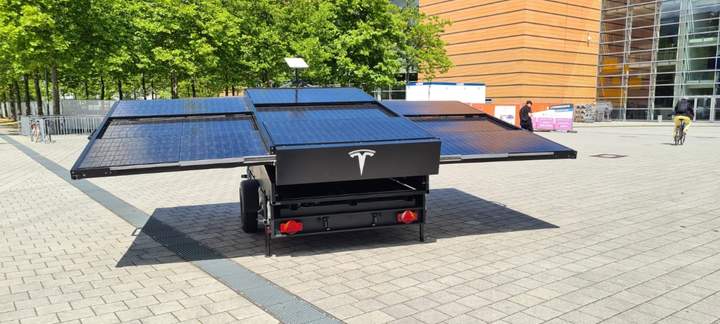
At the exhibition in Germany, Tesla showed a novelty – a mobile solar power plant. Such are already produced and sold by Ukrainian companies.
These are standard solar panels with a power of 300 W each, that is, the trailer produces up to 2.7 kW in total. There is no battery for storing energy in the trailer, instead there is a Starlink satellite internet point. A representative of Tesla called this exhibit a demonstration concept.
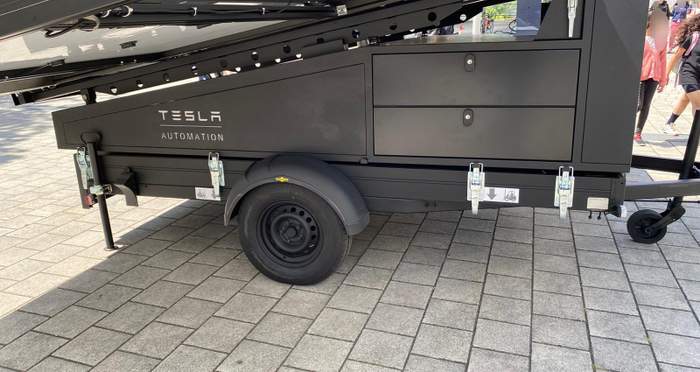
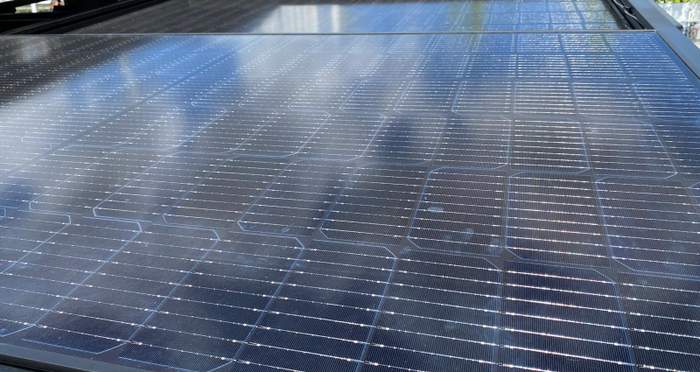
Tesla’s mobile solar power plant has Starlink internet, but does not have its battery. That is, it works only during the day.
Meanwhile, two companies in Ukraine are already producing product samples of a similar device.
PV.Sich from KNESS
The Vinnytsia company KNESS manufactures a mobile solar station with a capacity of up to 3 kW. Its six panels can be folded into working condition by one person in 2 minutes. Unlike Tesla, the Ukrainian trailer has its battery, which stores energy received from the Sun.


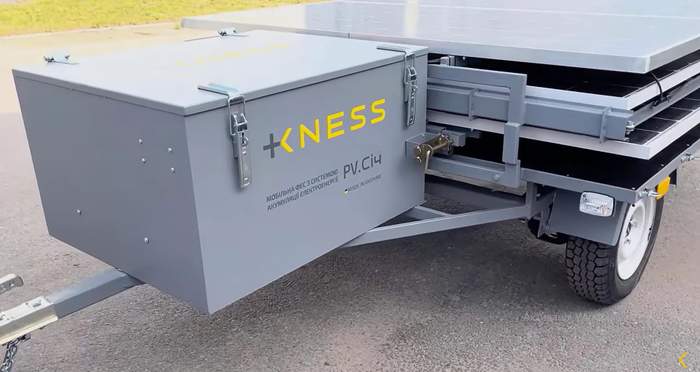
The Ukrainian-made mobile solar station KNESS PV.Cich provides power to consumers with a capacity of up to 3000 W.
If necessary, the battery can be charged from a 220 volt network or from a gasoline generator. Accordingly, there is an inverter on board for connecting consumers designed for power supply from a 220 V AC network. PV.C charges its battery with a capacity of 300 A*h from the sun in 6 hours, and in adverse conditions – in 7-15 hours, in depending on how clear the sky is. The power of photo panels is at the level of 2.22 kW.
Autonomous station from SETech
The Lutsk enterprise SETech (Specialized Energy Technologies) produces its mobile autonomous solar station, also on the chassis of a trailer.
There are several power options, depending on the number of folding panels, from 2.4 to 4.8 kW. 400-watt photo panels are used here. The SETech station also has an on-board inverter and batteries to power consumers after dark or in very cloudy weather.
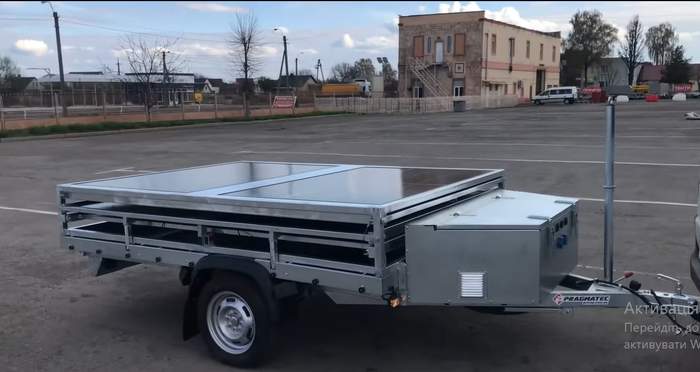

The autonomous solar station of the Lutsk firm SETech is sold in three power options. Its battery allows it to power consumers at night.
Extenders of electric vehicles
It should be noted that earlier Range extenders had the appearance of a gasoline engine with a powerful generator that charged an electric car. Such a device could be purchased as additional equipment, in particular, for installation in the ‘spare’ niche under the trunk floor. And the top version of the BMW i3 REX electric car had such an engine as standard.
Such gasoline generators charge the battery both when parked and on the move – depending on whether the electronics of the electric car allow it. However, the most important thing is that gasoline generators charge the traction battery not instantly, but also for quite a long time – just like solar panels.

Previously, only gasoline power extenders were produced for electric vehicles. Such a gasoline generator could be hidden, for example, in the niche of the spare parts.
It is interesting that Tesla seriously thought about extending the mileage due to the energy of the Sun back in 2019. Presenting his new Cybertruck at that time, Elon Musk talked about the solar panels that are planned to be installed on the trunk lid of the pickup truck. Calculations showed that such a cover would add 15 miles (24 km) to the daily mileage. As a development of the project, the option of folding panels of a larger area was also discussed, which would extend the daily range by 30 – 40 miles (48 – 64 km).
The last figure covered the daily mileage of an average American motorist – but the idea of ’Tesla’ was not realized for some reason. Probably, the reason was the lack of photovoltaic panels of such high efficiency. And those that existed at that time provided the pickup with such a small increase in daily mileage that it made no sense to load the car with solar panels.

